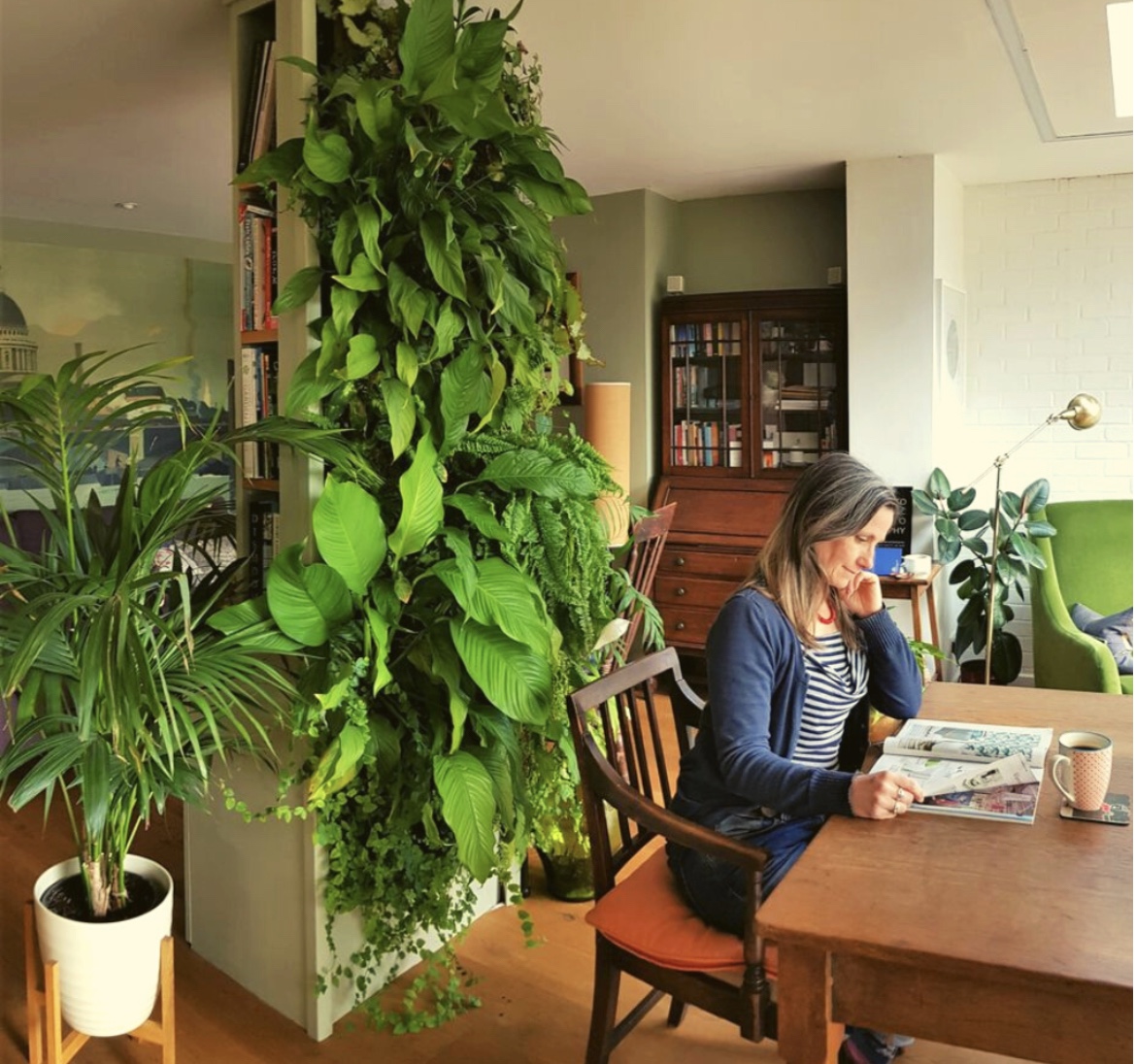How to make your WFH space work for you

With Autumn setting in and people spending more time indoors, it’s a great opportunity to improve your home office, to make sure the space works for you; both physically and mentally. It’s important to make sure your desk area not only helps to maximise productivity, but also provides those home comforts that makes WFH life a true perk.
Matt Lindsay, General Manager at Growing Revolution, explains how to make your home office more efficient and comfortable: “Working from home has become a standard practise in many businesses. Making your home office a comfortable and healthy working environment is paramount for your productivity and focus levels. Welcoming nature into the space is a great way to do this. Plants and flowers can add a splash of colour to brighten your mood and also bring a multitude of health benefits, including improving air quality.
“Rejuvenating your office to reflect your personality can be done in many ways. For example, a living wall is a great way to organise your favourite foliage and create an eye-catching display, while a tall Majesty Palm Plant can add height and interest to an underused study corner.”
For those who need a mood-boosting makeover in their home-based HQ that doesn’t require green thumbs or extra space, below are some handy hints to make your working environment a self-sufficient sanctuary.
Tips to nourish your home office
Natural light
Much like plants, humans need a healthy amount of natural light each day for essential nutrients which help our focus and productivity. Placing your desk in front of (or next to) a window will provide plenty of sunlight to illuminate your task at hand. Having a collection of houseplants in your office will remind you to favour natural sunlight over artificial brightness, which is not only good for the foliage but your own health as well.
Air purity
Opening a window allows a natural flow of air and is a simple tip to regulate oxygen levels and supply fresh air into the room. With colder weather ahead, hosting a collection of houseplants is another way to ventilate your space. Plants are natural purifiers and will oxygenise their environment to clean and purify the air. A living wall is a great option for those with limited floor or desk space, and will enable you to benefit from the air clarity benefits that plants offer.
Colour
Colour can subtly affect how you experience your surroundings, both mentally and physically. Adding vibrant colours like red, yellow, and green to a room will help improve your mood and inspire creativity. Plants like violet, anthurium and the Christmas cactus are hassle free to grow indoors and will provide exciting hues, adding vibrancy to your space.
Elevate your workspace
Fitting your whole work life into a home office can take up a lot of space. Installing a living wall can add a well needed inclusion of colour, texture and excitement without taking up vital desk or floor room. Curating your own vertical garden with your favourite foliage also creates a perfect backdrop to enhance your Zoom background and bring a sense of positivity and enthusiasm to every meeting.
Smell
Our sense of smell is a strong contributor to emotion and memory. Creating a specific scent in your home office that inspires you to be productive and feel full of energy is a great way to maximise your output. Choosing plants that give off certain aromas will fill your room with natural smells like lavender, mint, and jasmine and create a comfortable yet productive atmosphere.
A vibrant living wall can be achieved using PlantBox, a stackable modular living wall system designed to turn a mundane home office into a room that supports your mental and physical wellbeing. Gloomy weather might make gardening a difficult hobby to maintain through autumn and winter, but by hosting a few houseplants, the same fulfilment and freshness can still be enjoyed all year round.
Growing Revolution is one of the UK’s leading living wall suppliers. With its innovative PlantBox product, it is helping more people access green space. Made from 100% recycled materials and with a cascading watering system that simplifies plant care, its product was commended as a finalist in the 2021 RHS Chelsea Sustainable Garden Product of the Year awards.






